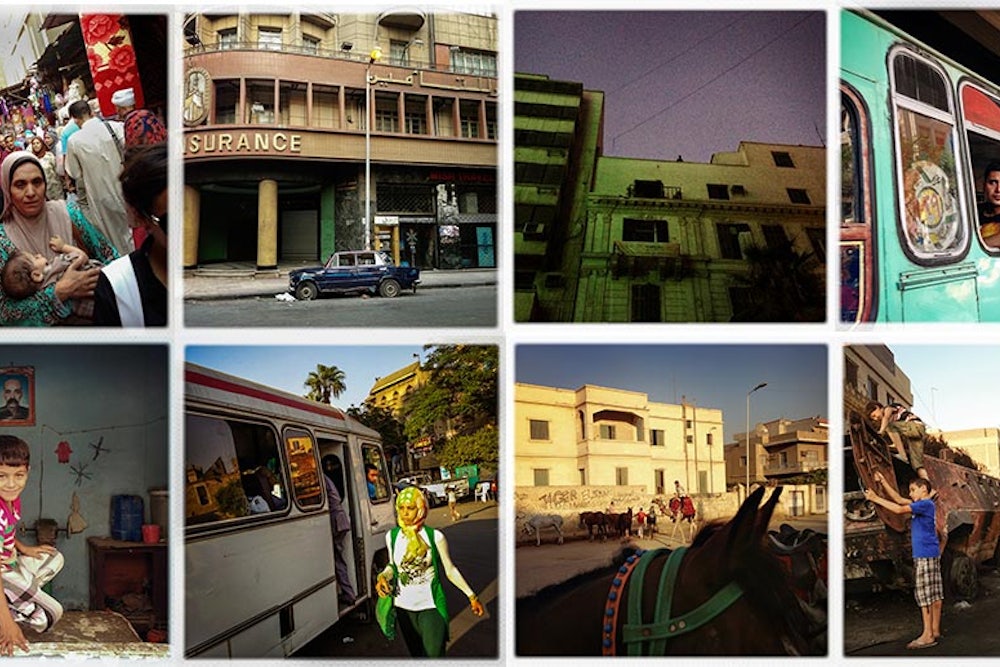As his plane descended into Cairo, photographer Michael Christopher Brown thought of video games. The dense grid of the city’s streets, packed in between the green Nile and arid desert—it looked to him a little like a futuristic landscape conjured from software code. “There was not any evidence of fighting from the air,” he says, though he knew that it was down there, and that it was very real.
Brown arrived after the worst of last month’s violence in the Egyptian capital, where hundreds of members and supporters of the Muslim Brotherhood, protesting the overthrow of President Mohamed Morsi, were killed by policemen and soldiers who suppressed their dissent via lethal force. He sees his work not as documenting conflict zones per se; instead, his interest is the daily life that manages to continue inside them. “The majority of the population is just trying to survive and live in peace,” he says. “This is very important to photograph.”
Brown likes to take those kinds of photos—and took all 13 of the photos here—with a camera phone. “A phone often enables certain images that might not be possible with a traditional camera,” he says. In the town of Kerdasa, a Muslim Brotherhood stronghold now largely off-limits to journalists (as well as security forces), he passed as a tourist, gaining access to a wrecked police station. “A phone is not seen as a threat.” Though on contract with a major photo agency, Brown went to Egypt on his own, without a specific assignment. “I tried to think of it as sort of a fishing trip, a trip to gain more knowledge and understanding of the situation on the ground. The images tend to be stronger that way.”
